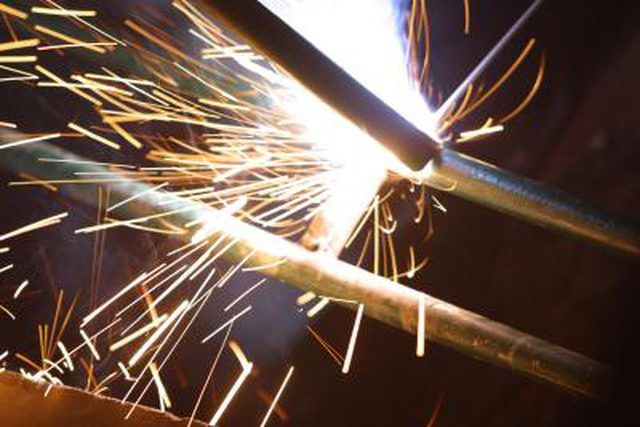Bulbs
Flower Basics
Flower Beds & Specialty Gardens
Flower Garden
Garden Furniture
Garden Gnomes
Garden Seeds
Garden Sheds
Garden Statues
Garden Tools & Supplies
Gardening Basics
Green & Organic
Groundcovers & Vines
Growing Annuals
Growing Basil
Growing Beans
Growing Berries
Growing Blueberries
Growing Cactus
Growing Corn
Growing Cotton
Growing Edibles
Growing Flowers
Growing Garlic
Growing Grapes
Growing Grass
Growing Herbs
Growing Jasmine
Growing Mint
Growing Mushrooms
Orchids
Growing Peanuts
Growing Perennials
Growing Plants
Growing Rosemary
Growing Roses
Growing Strawberries
Growing Sunflowers
Growing Thyme
Growing Tomatoes
Growing Tulips
Growing Vegetables
Herb Basics
Herb Garden
Indoor Growing
Landscaping Basics
Landscaping Patios
Landscaping Plants
Landscaping Shrubs
Landscaping Trees
Landscaping Walks & Pathways
Lawn Basics
Lawn Maintenance
Lawn Mowers
Lawn Ornaments
Lawn Planting
Lawn Tools
Outdoor Growing
Overall Landscape Planning
Pests, Weeds & Problems
Plant Basics
Rock Garden
Rose Garden
Shrubs
Soil
Specialty Gardens
Trees
Vegetable Garden
Yard Maintenance
How to Lock the Rear End Differential on My Riding Mower
How to Lock the Rear End Differential on My Riding Mower. A rear-end differential is most commonly used on riding lawn mowers with a rear engine and is used to bring transmission power to the mower wheels. When the rear differential is not locked, the wheels can spin at different speeds. However, the rear differential can be locked to keep the...

A rear-end differential is most commonly used on riding lawn mowers with a rear engine and is used to bring transmission power to the mower wheels. When the rear differential is not locked, the wheels can spin at different speeds. However, the rear differential can be locked to keep the wheels turning at the same speed. Owners should note that this provides better traction to the wheels but can create faster wear and tear on the mower and may require the drive or differential to be replaced sooner.
Things You'll Need
Wrench
Brake cleaner
Clean rags
Marker
Vise
Leather pieces
Weld torch
Metal file or sand blaster (if needed)
Torque wrench
80- to 90-grade gear oil
Turn off the riding lawn mower when the gas tank is less than half full. Set the gear selector to "Neutral".
Slowly tilt the riding lawn mower back until the mower is resting on the back bumper. Get assistance for this step, as riding mowers are very heavy.
Locate the drive wheel underneath the mower, which looks like a little rubber tire, next to the engine shaft drive disk. This is the rear differential, which is attached to the mower with shim locks and a top hat-shaped cover.
Remove the bolts that hold the differential casing onto the mower using an adjustable wrench. Set the bolts aside and then remove the bolts that hold the ring gear onto the assembly.
Turn the axles while tapping the axles with a hammer and a piece of wood until the axles are loose. Slide the axles out.
Remove the axle assembly from the differential casing and take the ring gear carrier out of the axle assembly by removing the bolts.
Mark the carrier and the ring gear where the two are connected with a marker to make reassembly easier.
Pull the spider gears off the differential housing carrier and clean with brake cleaner and a rag. Wipe dry with a clean rag until the spider gears are completely clean. Do not leave dirt or debris in the gears, as this will interfere with the welding process.
Place the spider gears in a vise and tighten the vise so that the gears are held firmly. Cover the bearing on each end with a heat-resistant protective covering, such as a piece of leather.
Prepare the welding torch by setting the torch to the correct setting. One recommendation for welding spider gears on a rear differential is a MIG, TIG, or arc welder, 0.30 wire with the heat setting on high.
Turn on a welding torch and create a bead between each set of teeth on the spider gears. Move slowly and keep the beads relatively small in size.
Let the spider gears cool completely when finished. Use a sand blaster or metal file to sand down or remove any welding splatters from areas other than the spider gear teeth.
File down any beads that are too large and prevent the spider gears from being assembled correctly.
Replace the spider gears in the carrier and apply medium-grade adhesive to the bolts that reconnect the carrier on the mower prior to reassembling the parts.
Hold the top-hat cover over the rear differential housing and tighten the bolts with a torque wrench. Reassemble the rest of the rear differential assembly.
Remove the fill plug, fill with 80 to 90 gear oil and replace the fill plug before using the mower.
Tips & Warnings
Always wear protective clothing, eye wear and gloves when using a welding torch.
Do not attempt this task if you are not familiar and trained in the use of a welding torch.
Do not attempt this task if you are not sure that you can perform the task safely and effectively. Contact the lawn mower manufacturer or another qualified service center instead.